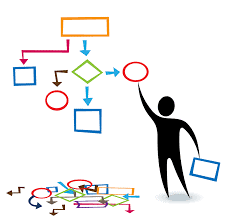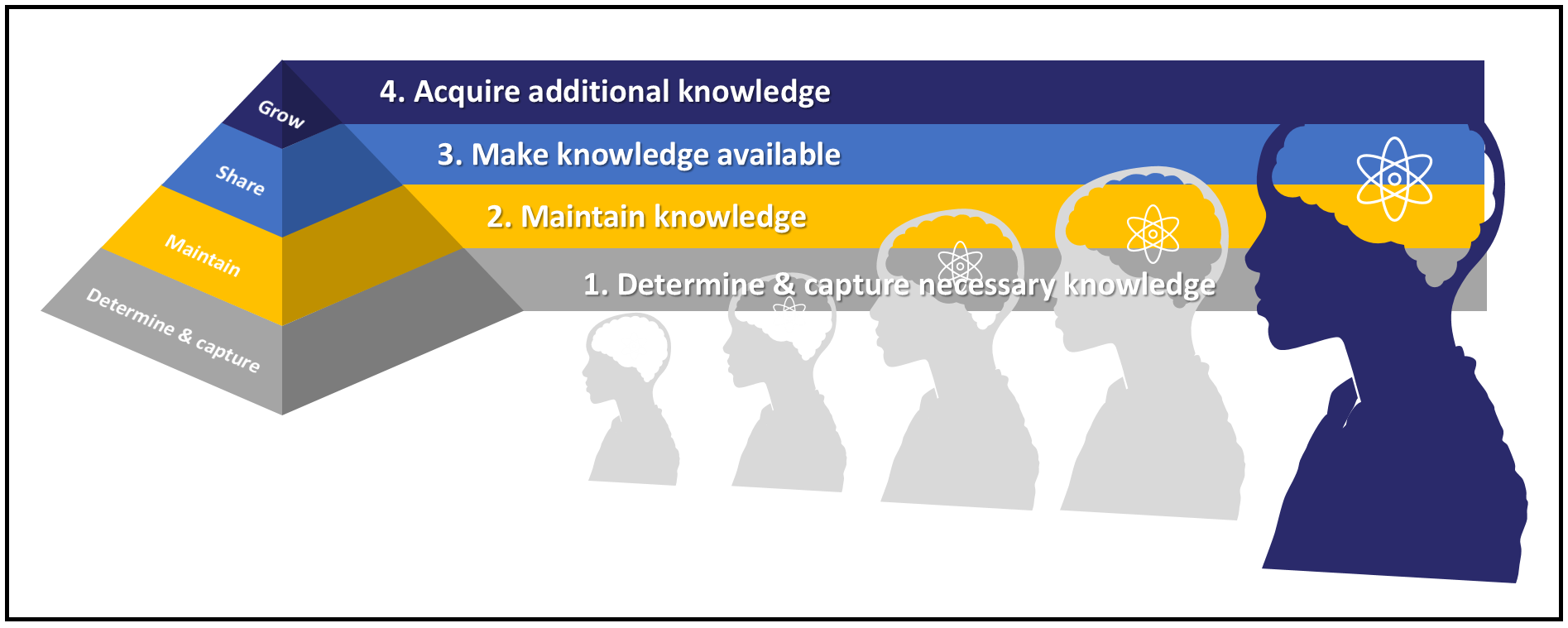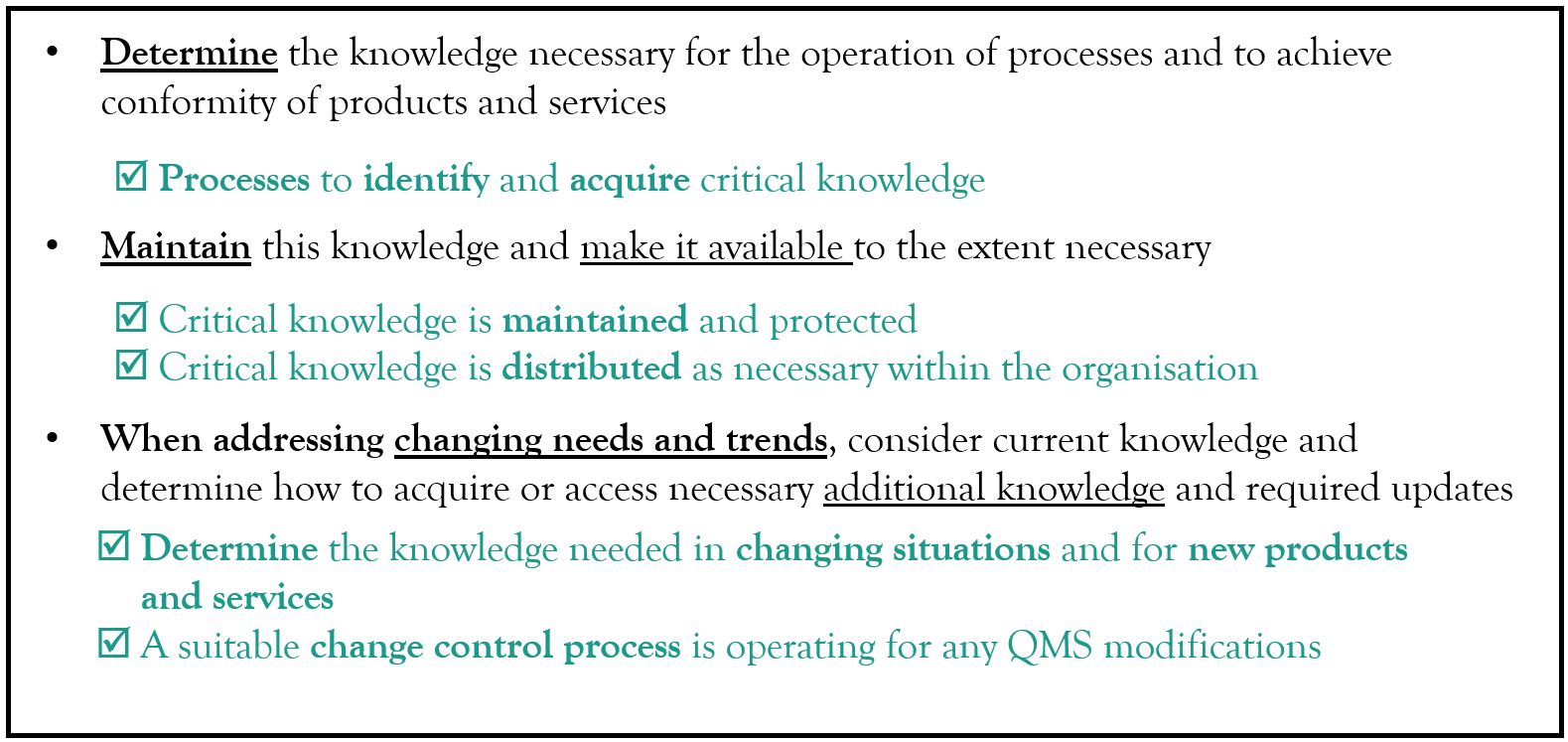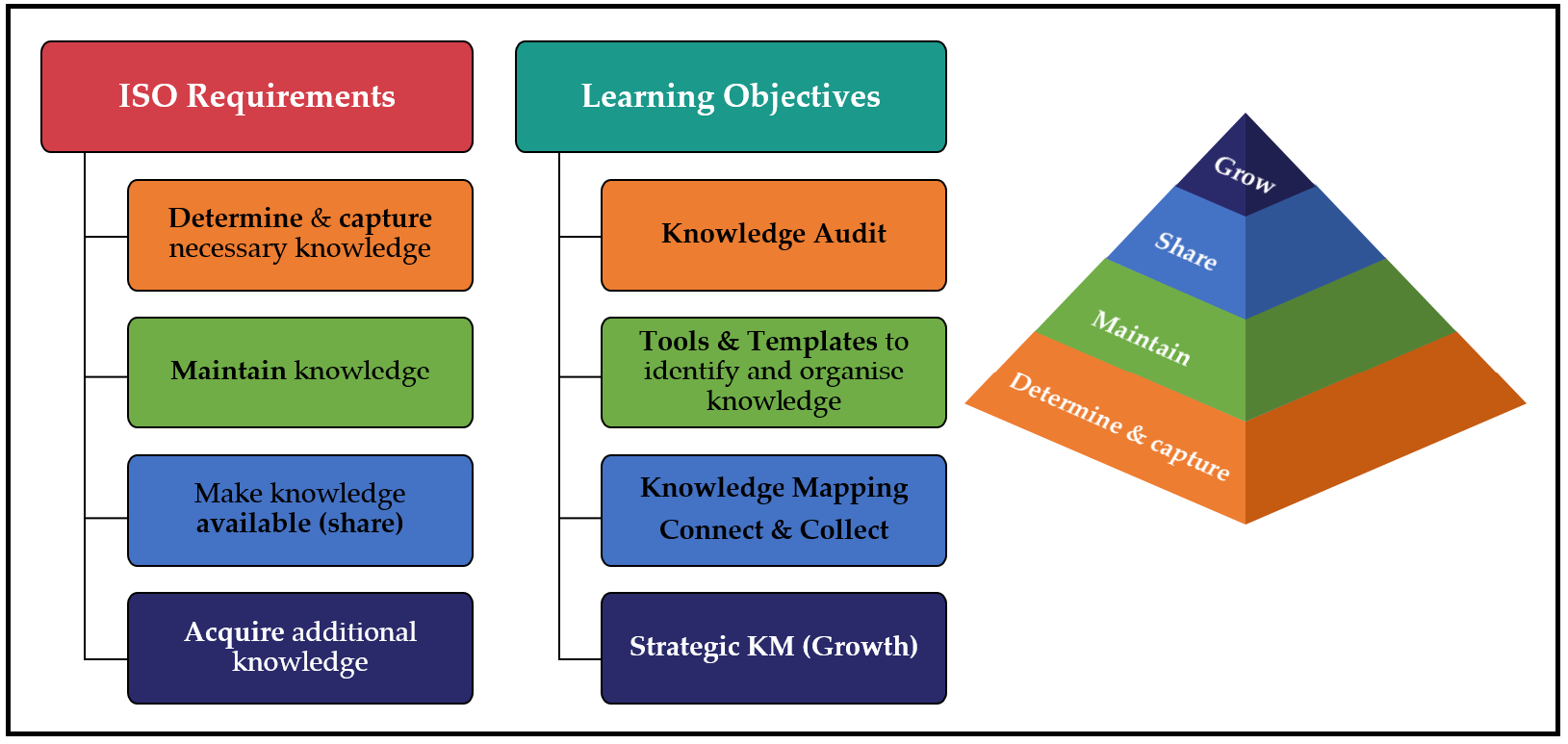KM Malaysia Certification

The 4th Industrial Revolution has revolutionized the way society functions and the nature of work itself. We witness staggering changes it has brought and are left wondering how to deal with this new phenomena. This article provides a glimpse of what has transpired and how to navigate around this bewildering episode called the 4th Industrial Revolution.
This revolution has brought in its wake, a blistering array of new technologies such as artificial intelligence (AI), automation, Big Data, and the Internet of Things (IoT). These technologies have indeed to a large extent improved the quality, speed, or price at which value is produced. We have new discoveries made in the field of genetics and a huge vista of business opportunities opened to people who have ventured to capitalize on the new value propositions available.
To be able to leverage on these opportunities, new knowledge needs to be developed and integrated within the organization systems. This knowledge should be acquired as and when it emerges and employees require an avenue to assimilate these opportunities that emerge.
On the flip side, the 4th Industrial Revolution seriously threatens to disrupt organisations and entire industries that remain unprepared for the breadth and depth of the changing landscape. Innovative enterprises have disrupted traditional value chains and driving well-established incumbents to extinction faster than ever.
There are many examples of traditional industries being nearly wiped out or made obsolete by the arrival of new entrants in the marketplace. Ride-sharing companies, like Uber and Grab, have leveraged smartphone and GPS technologies to challenge and disrupt the entire taxi industry.
HIRED, a start-up in the field of HR technology offered to fill job role vacancies (a focus on results and outcomes) by leveraging Big Data and analytics. As a result, traditional recruitment agencies are now in trouble since they cannot match the cost-efficiency and success rates of these innovative platforms.
In both these instances there were insufficient attempts made to acquire sufficient knowledge regarding challenges faced in the industry. This affected the ability to mitigate the negative consequences they brought in their wake.
Navigating within the 4th Industrial Revolution
Given that the 4th Industrial Revolution opens vistas of opportunities as well as disrupts industries, business leaders and HR professionals will need to rethink the way business is being managed in this new age of unbridled change. This will involve creating, retaining, and transferring knowledge within an organization continually as well as developing the right culture to sustain such efforts.
By doing so, requires an effective communication system that is adaptive and quick both in identifying areas to focus as well as in selecting key aspects of the business that has to be optimised. This knowledge is broad, covering any topic that could better an organization as it navigates through the relentless opportunities and challenges brought about by the 4th Industrial Revolution.
However, traditional communication structures are ill equipped as changes made are slow and adaptability difficult to achieve. These structures limit innovation, as they tend to be bureaucratic, which hinders quick execution time. What is required is to have structured approaches for open dialogue as opposed to meetings based on traditional communication methods.
Conducting Knowledge Café Sessions
Structured approaches to feedback and opportunities for open dialogue provides a decisive combination of stability and agility, which enables businesses to create, test, and execute strategy — with minimal risk. Such dialogue sessions among employees in an open environment that allows for creative thinking and sharing of ideas through dialogue is crucial. One technique used for creating this sort of ambience that allows for the free flow of ideas is called Knowledge Café. This technique has yielded considerable benefits to companies that constantly seek ideas from employees on a regular basis.
Organisations that leverage the regular use of these open dialogue and feedback processes can better understand their business environment and make the necessary adjustments to their business strategy and processes when faced with the need to do so. In addition, regular feedback further optimises the acquisition, production, and integration of knowledge, facilitating a cycle of continuous learning and continuous improvement.
Developing a Culture of Accountability
In addition to hosting regular knowledge café sessions, HR practitioners need to seriously consider developing a culture of accountability in order for participation in these sessions to be optimal. A culture of accountability is deemed to exist in an organization made up of accountable employees. In such organizations, every employee feels a sense of ownership for organizational results and will do what it takes to achieve those results. As such the employees willingly participate in dialogue sessions not because they have to, but because they want to.
With accountability ingrained throughout the organisation, employees will be able to derive added value whilst overcome the challenges of shifting customer and stakeholder requirements. When workers take accountability for problems, the problems get solved. Leaders will have to ensure that this culture is cultivated and reinforced, in order to maximise the ability of the organisation to respond to external changes in the business environment when faced with the need to do so.
In the next part of this series we explore in depth, what is a “Knowledge Café” and how such a Knowledge Café session should be set up to optimize the development of a creative information sharing session necessary to survive in the 4th Industrial Revolution.










